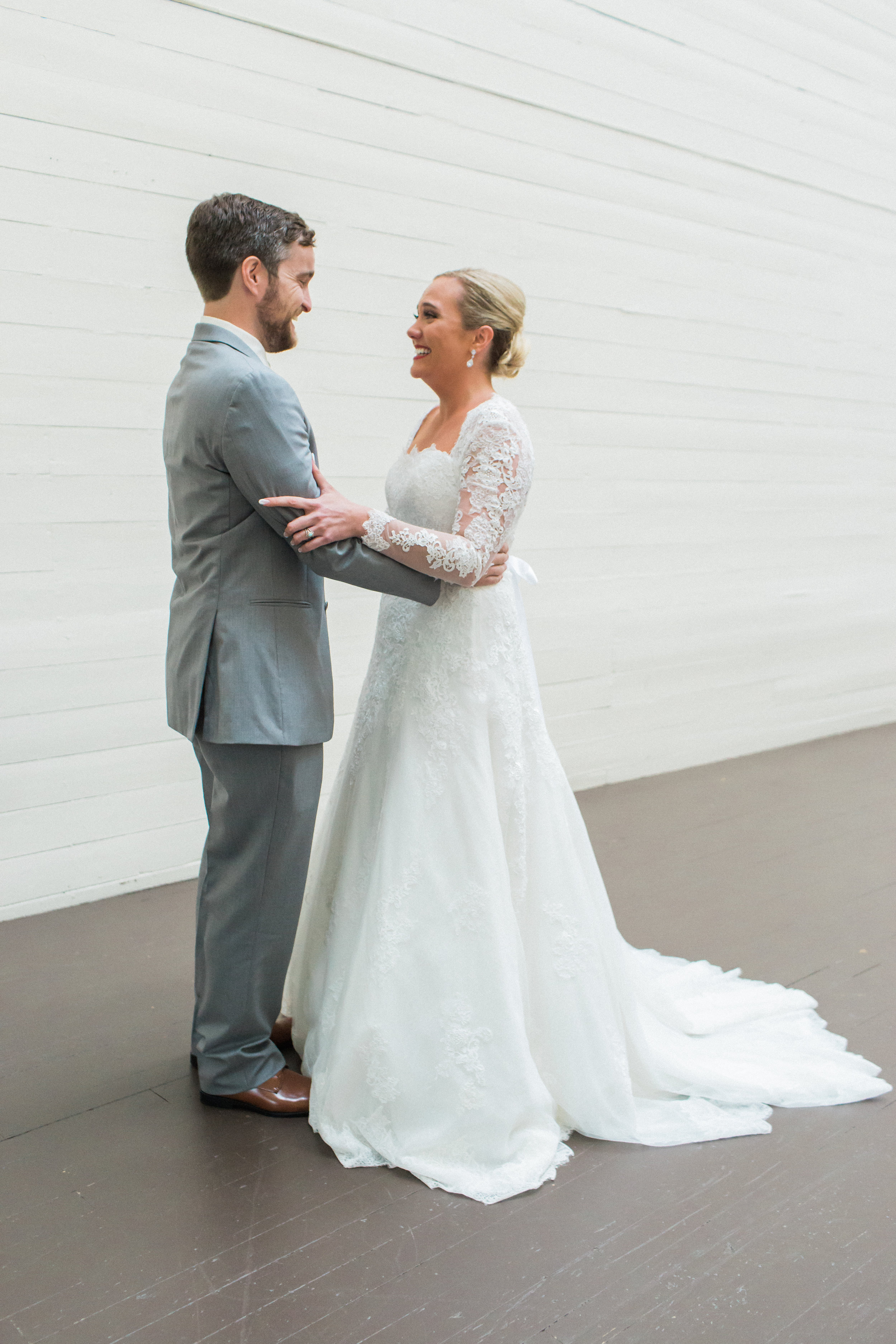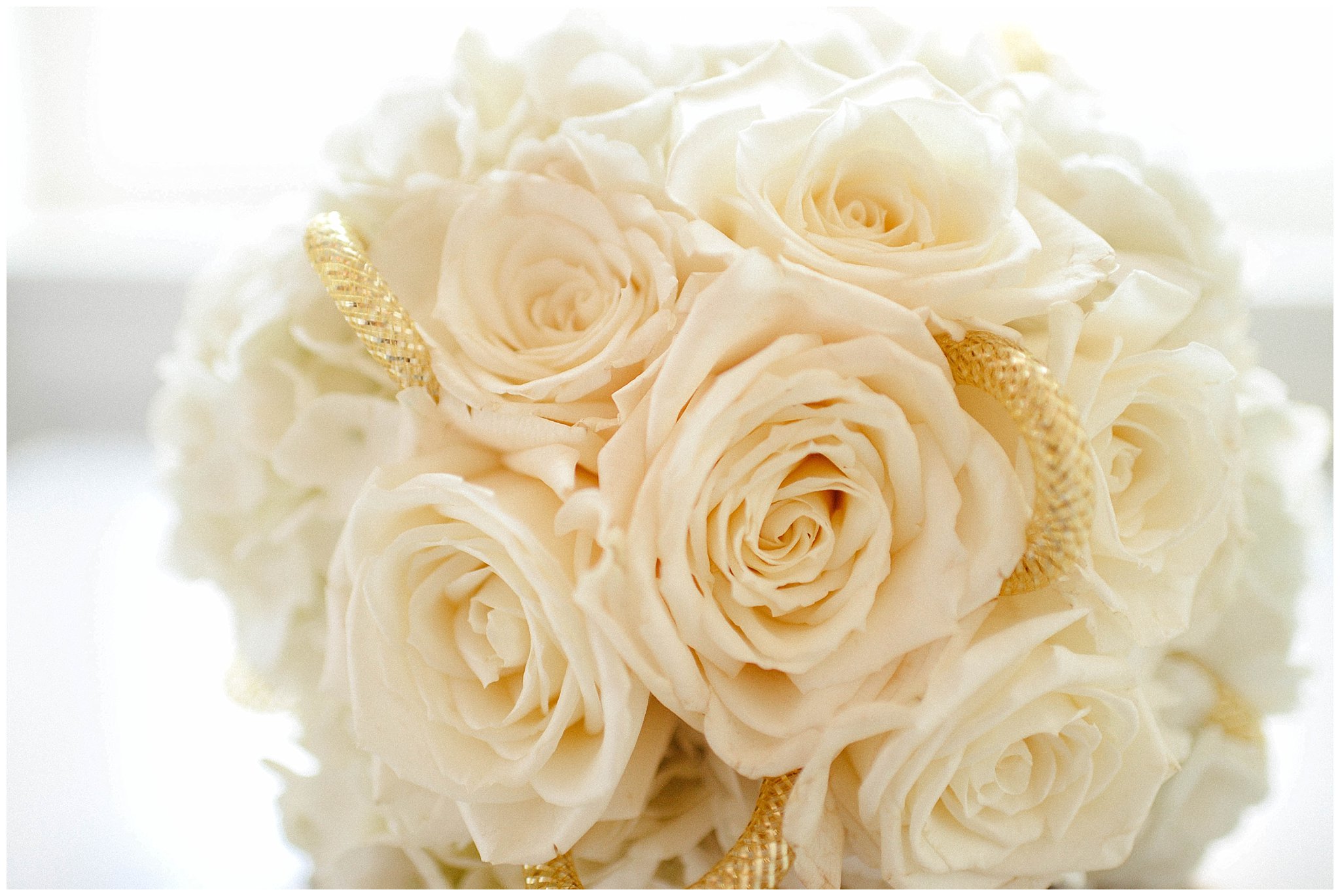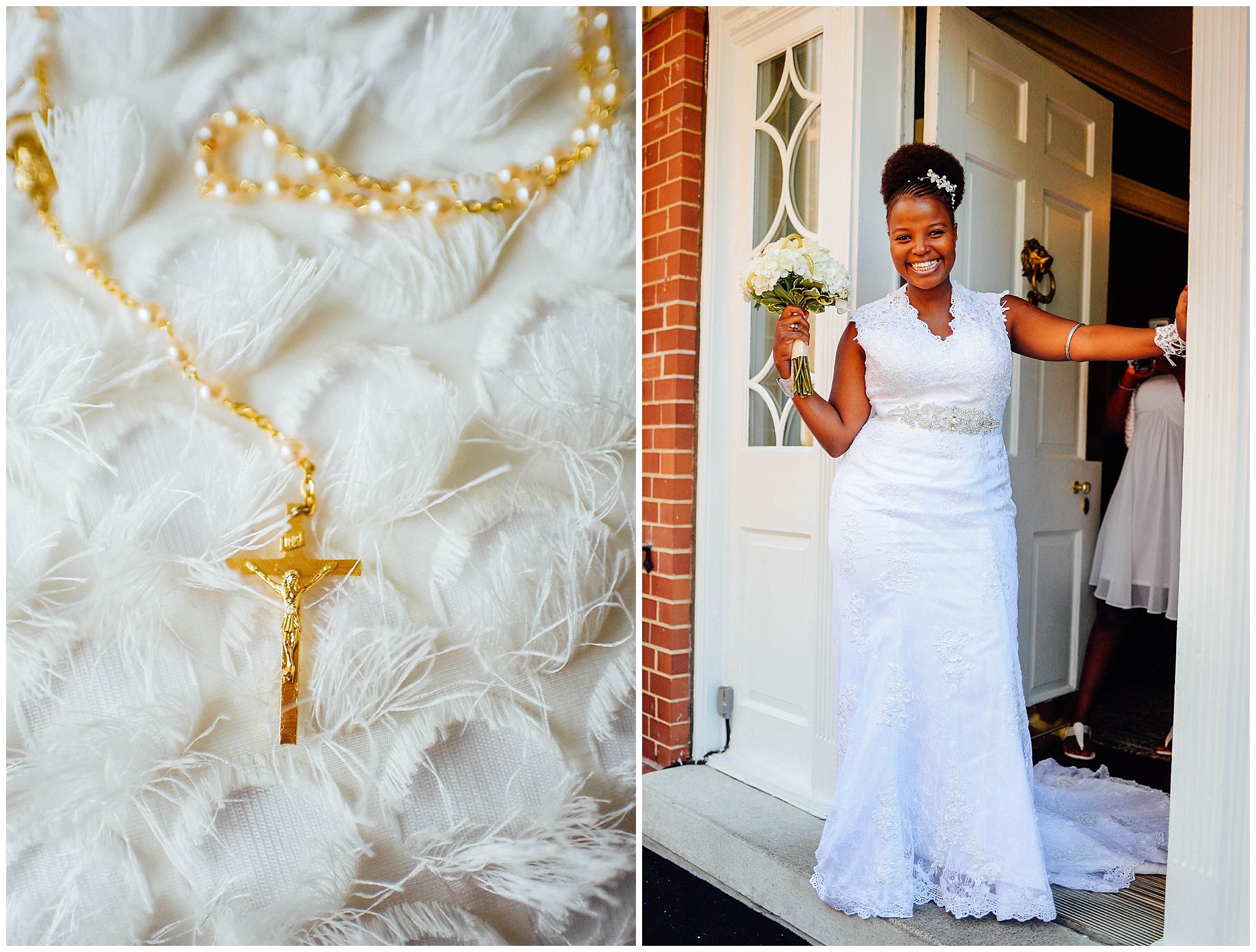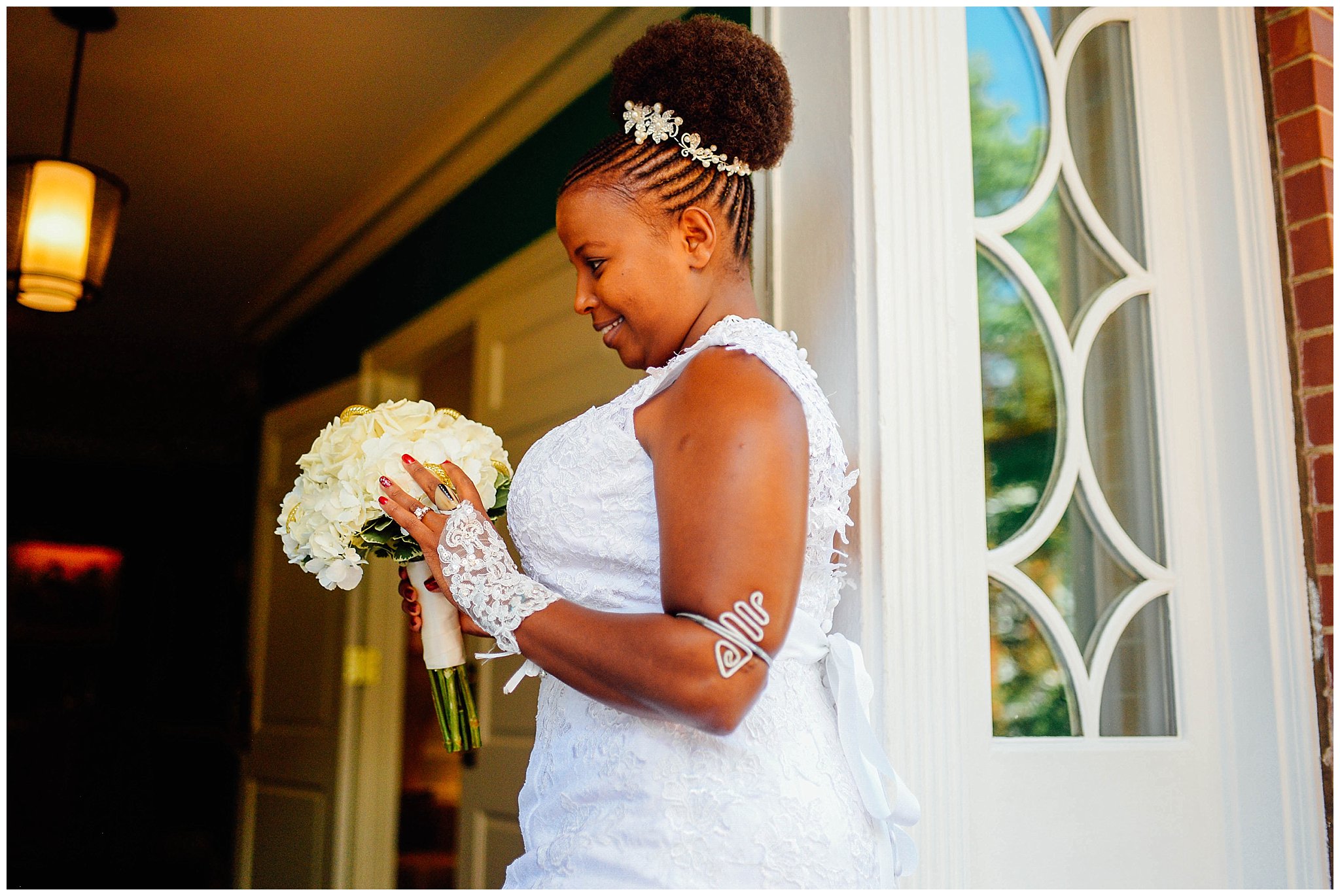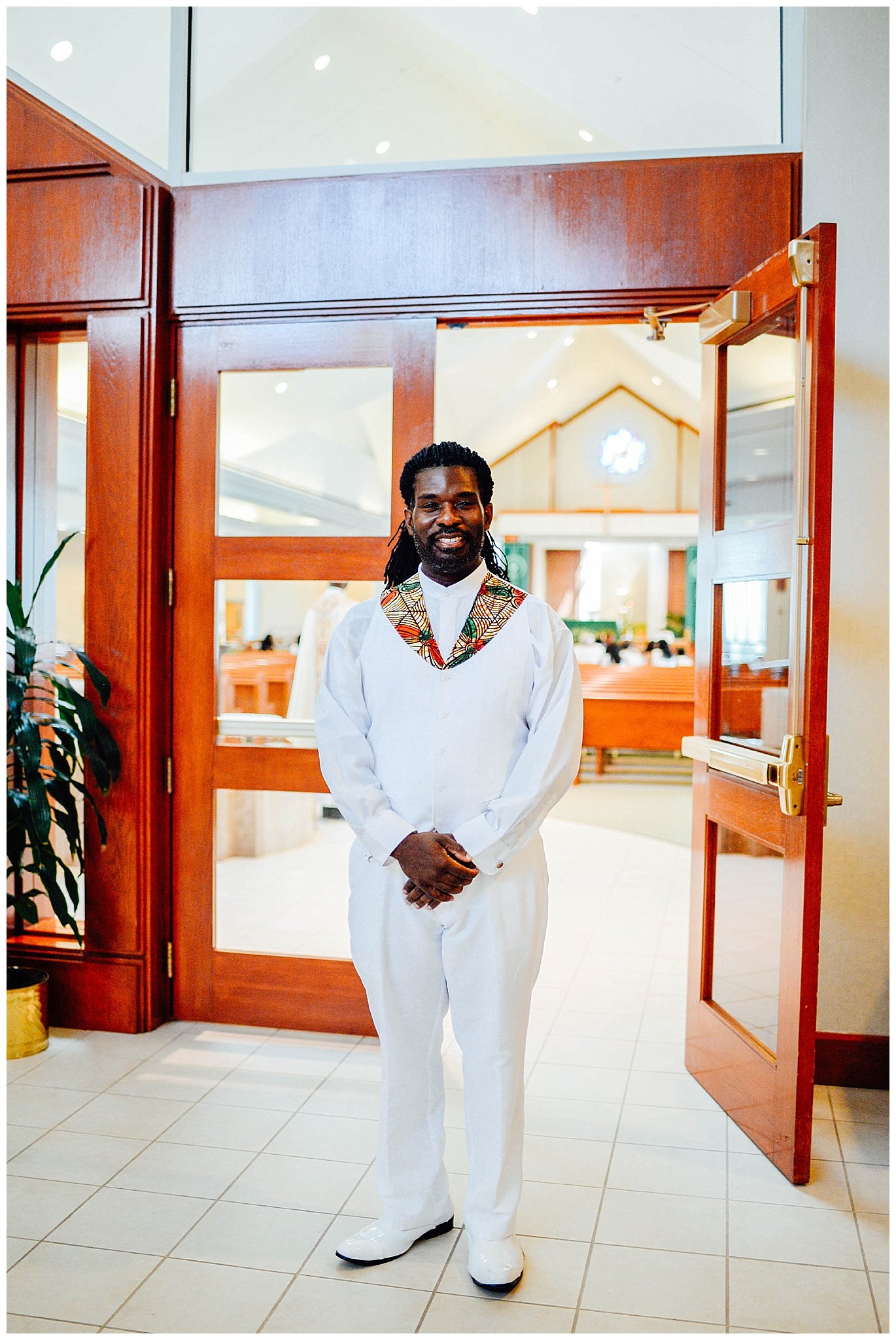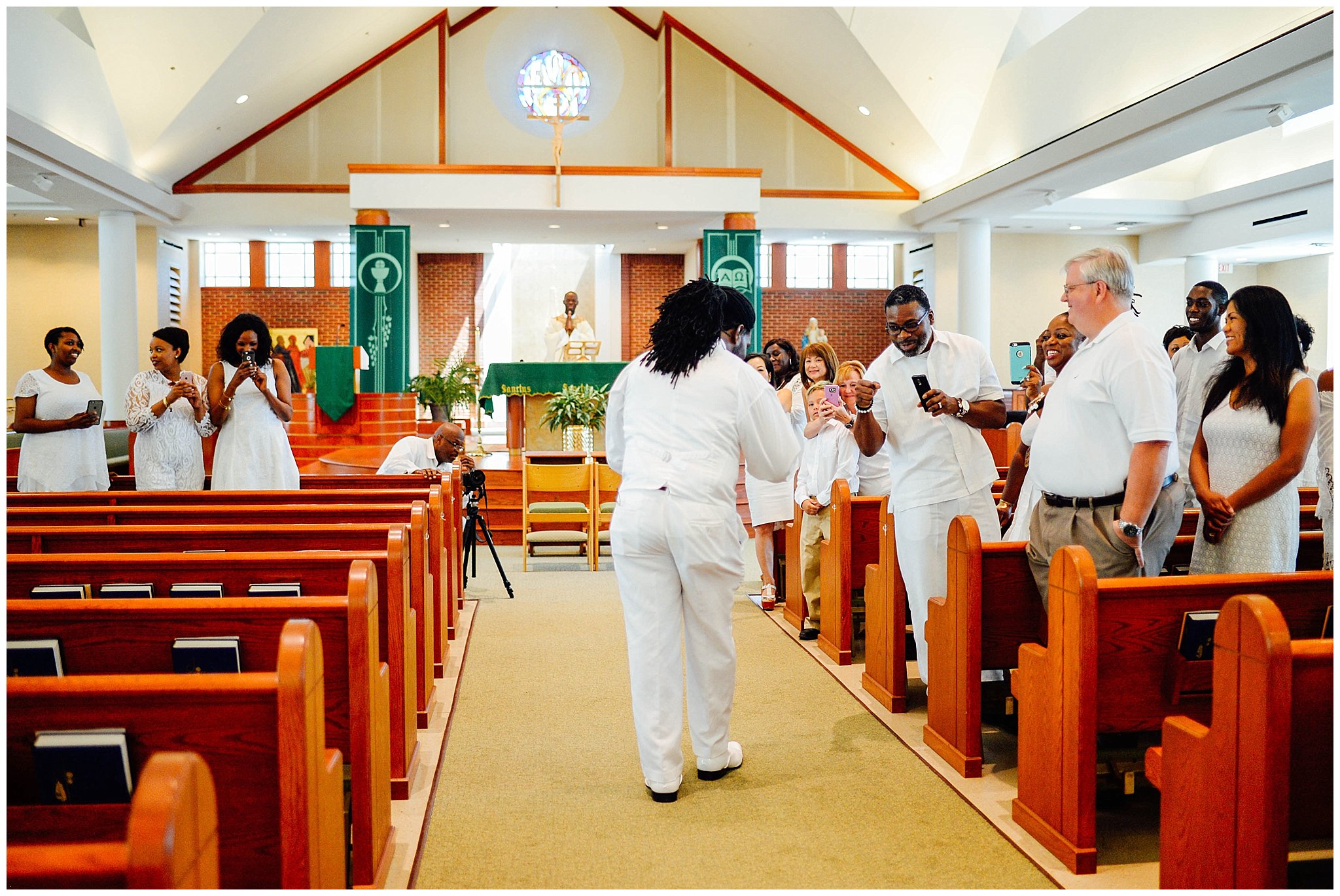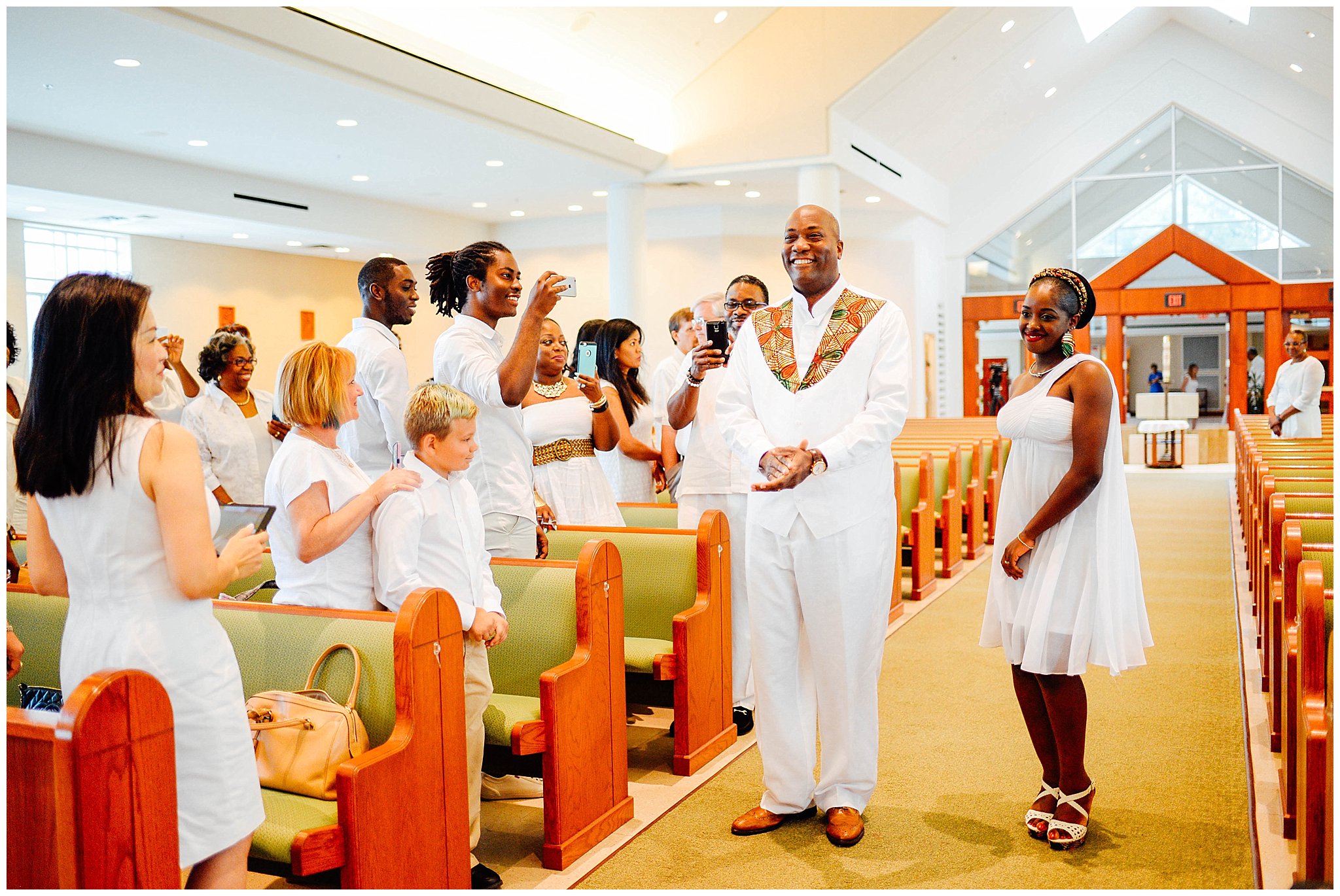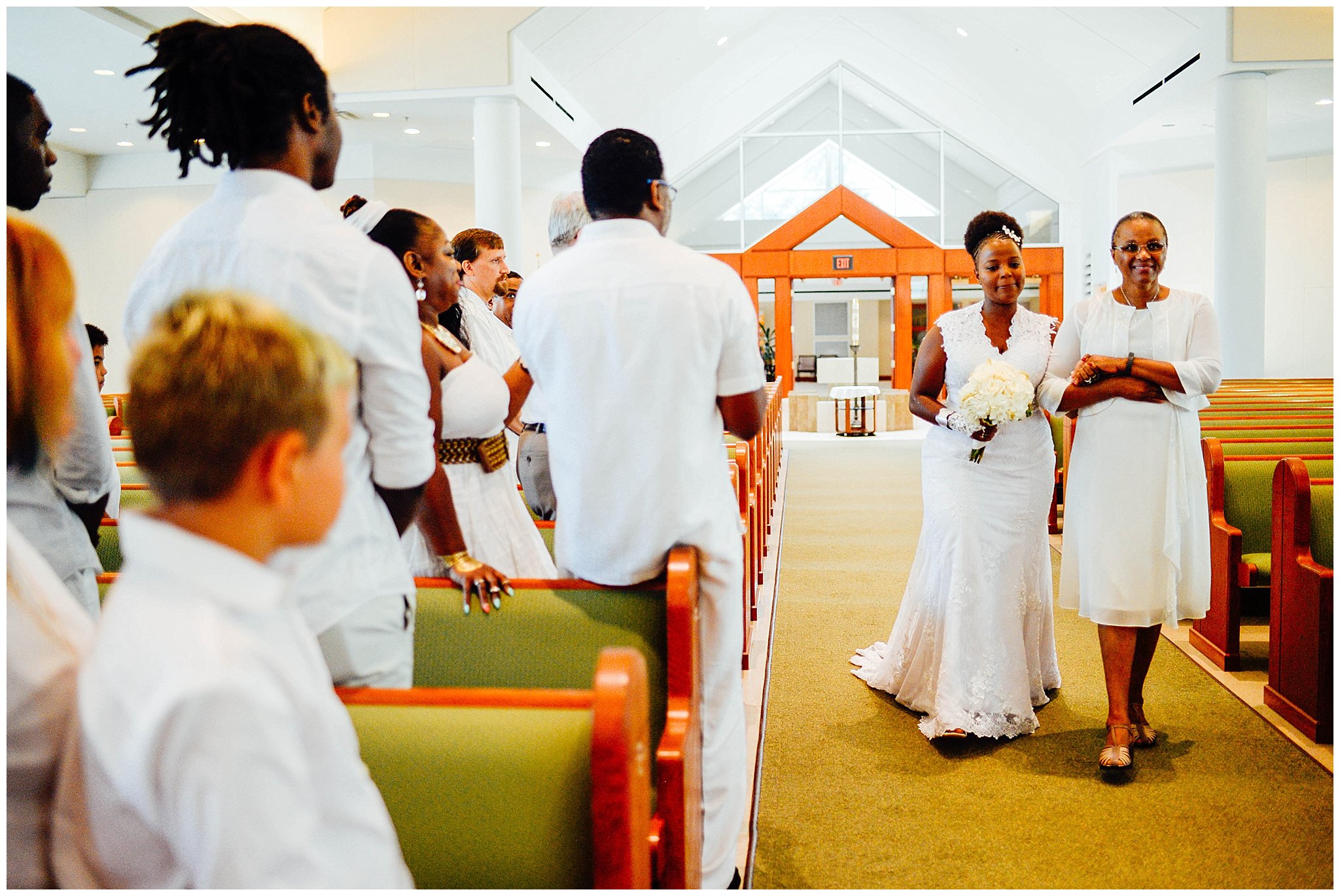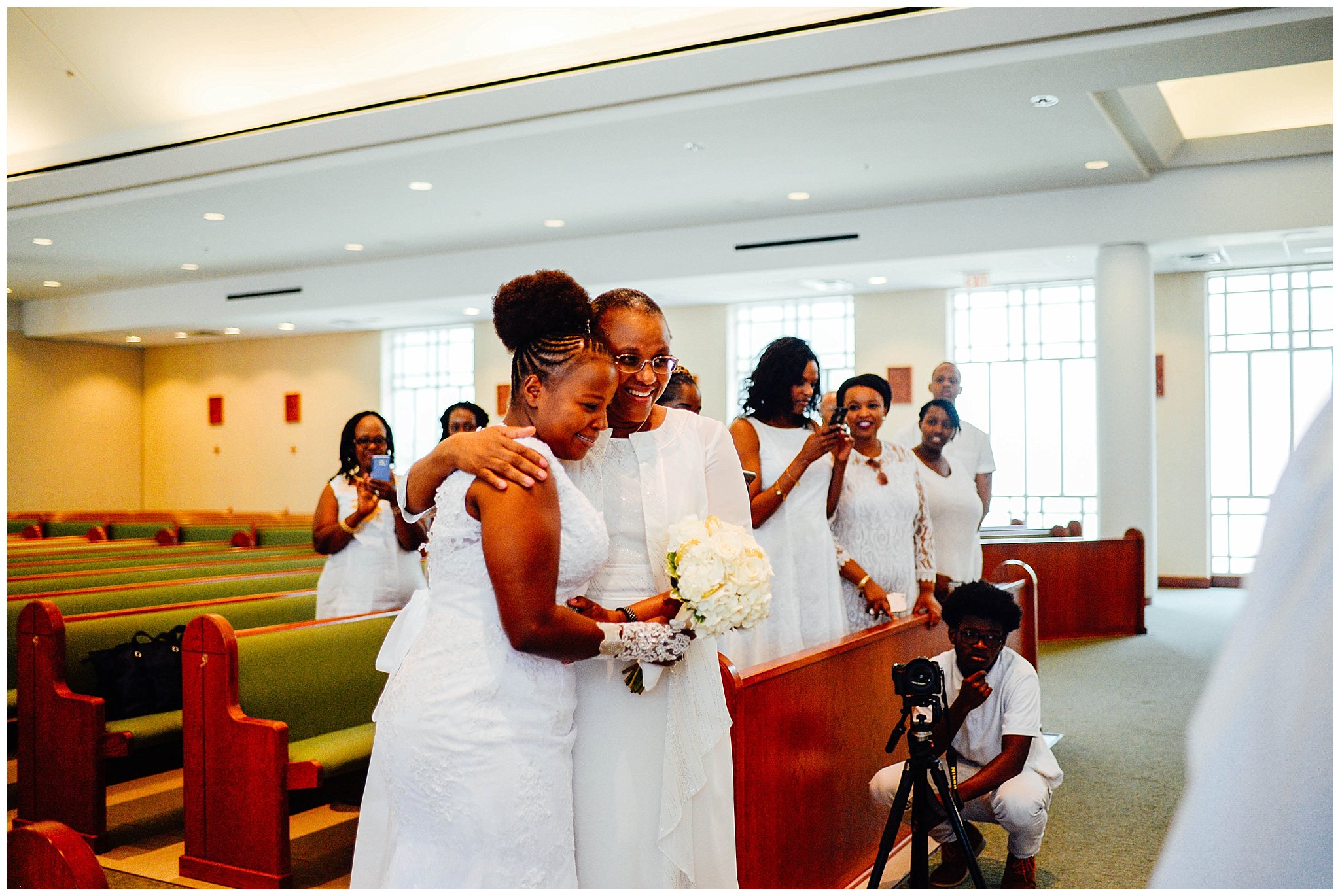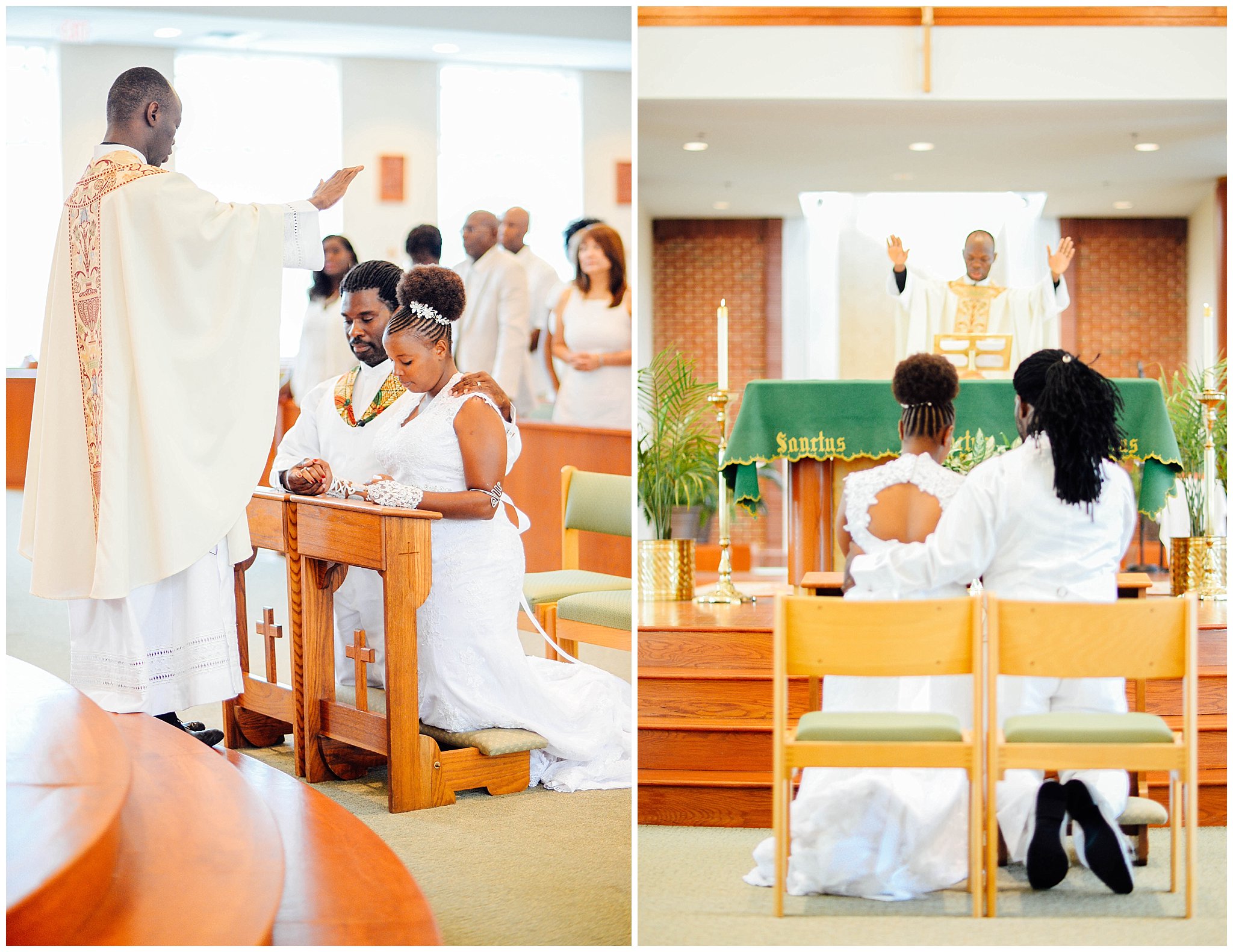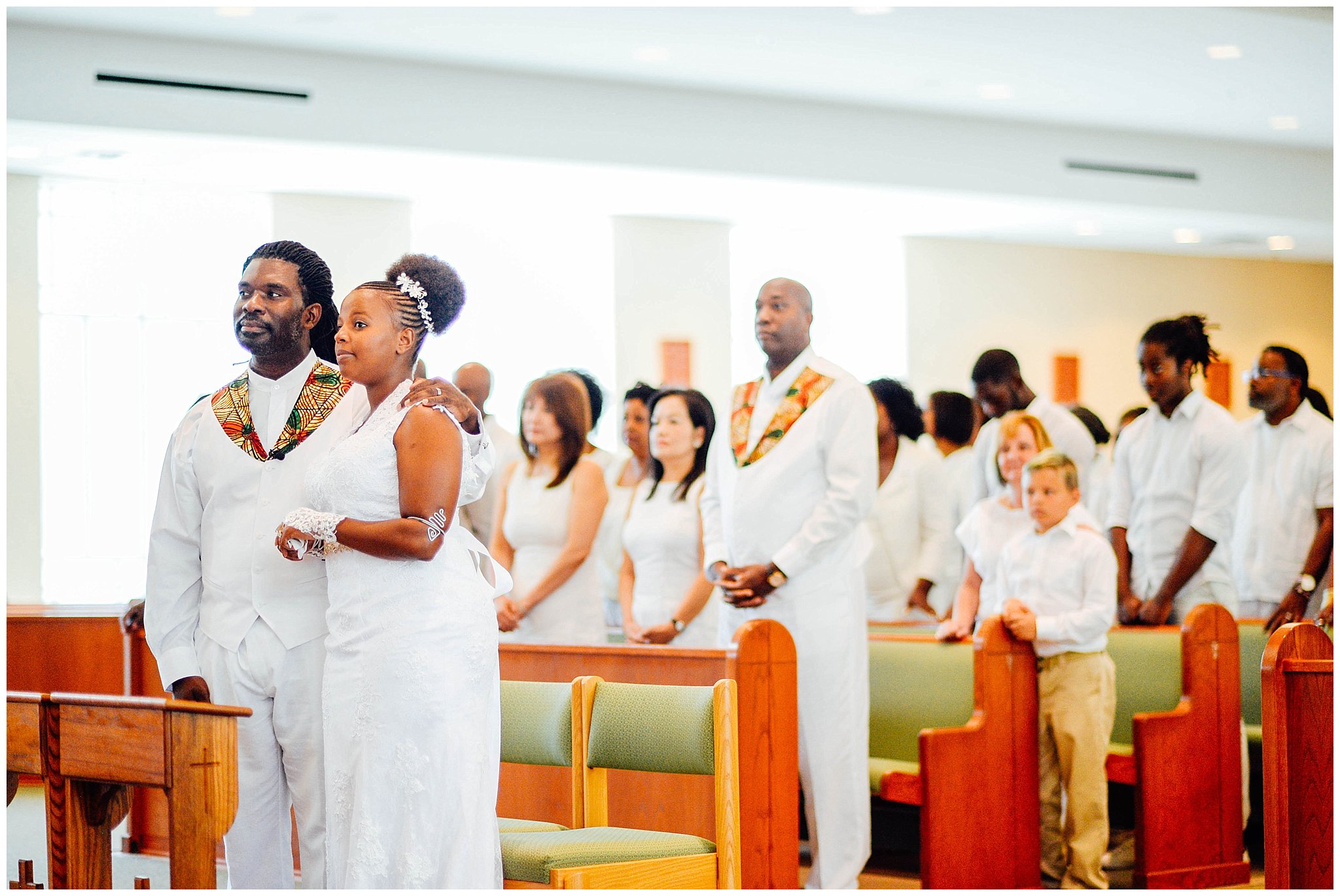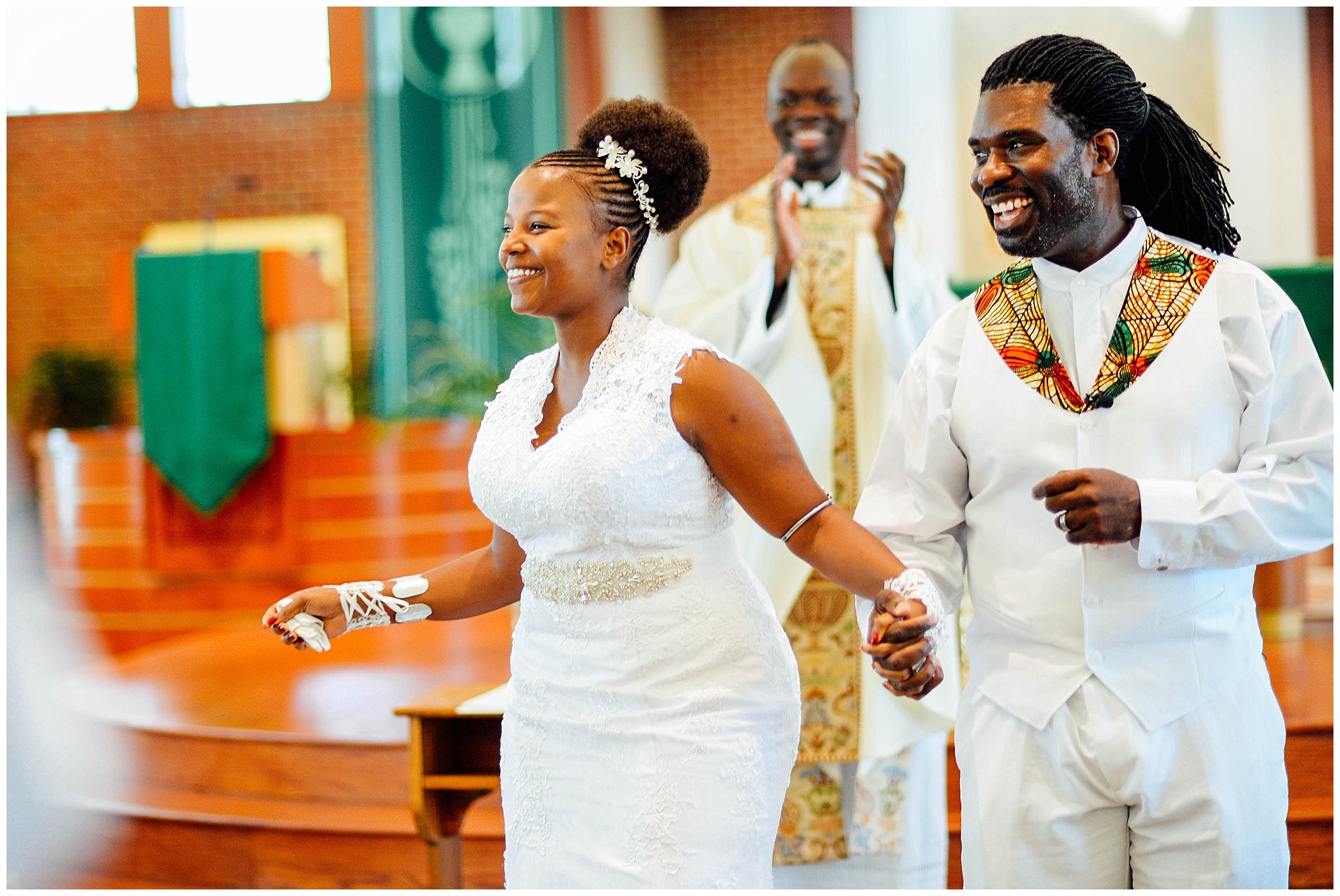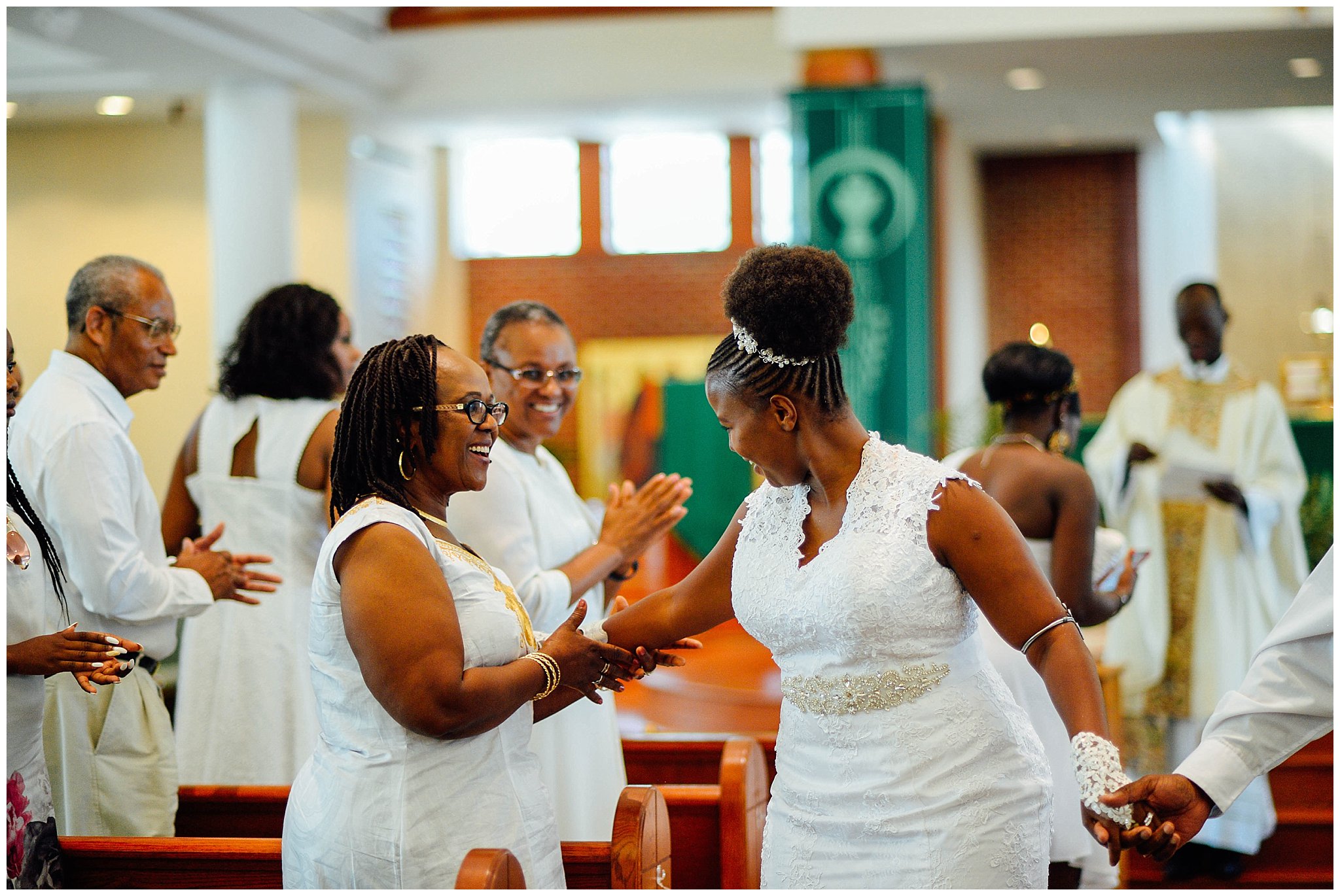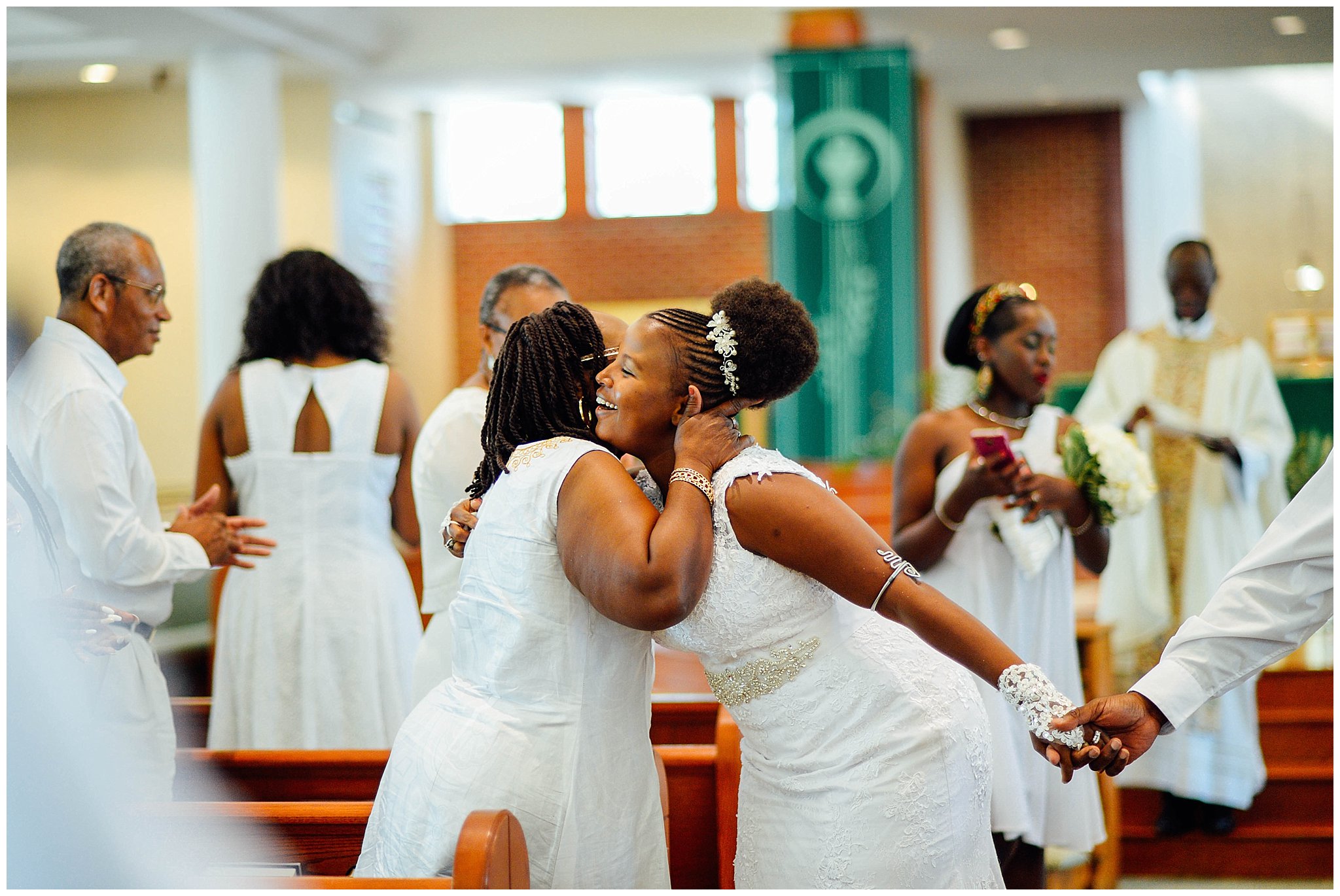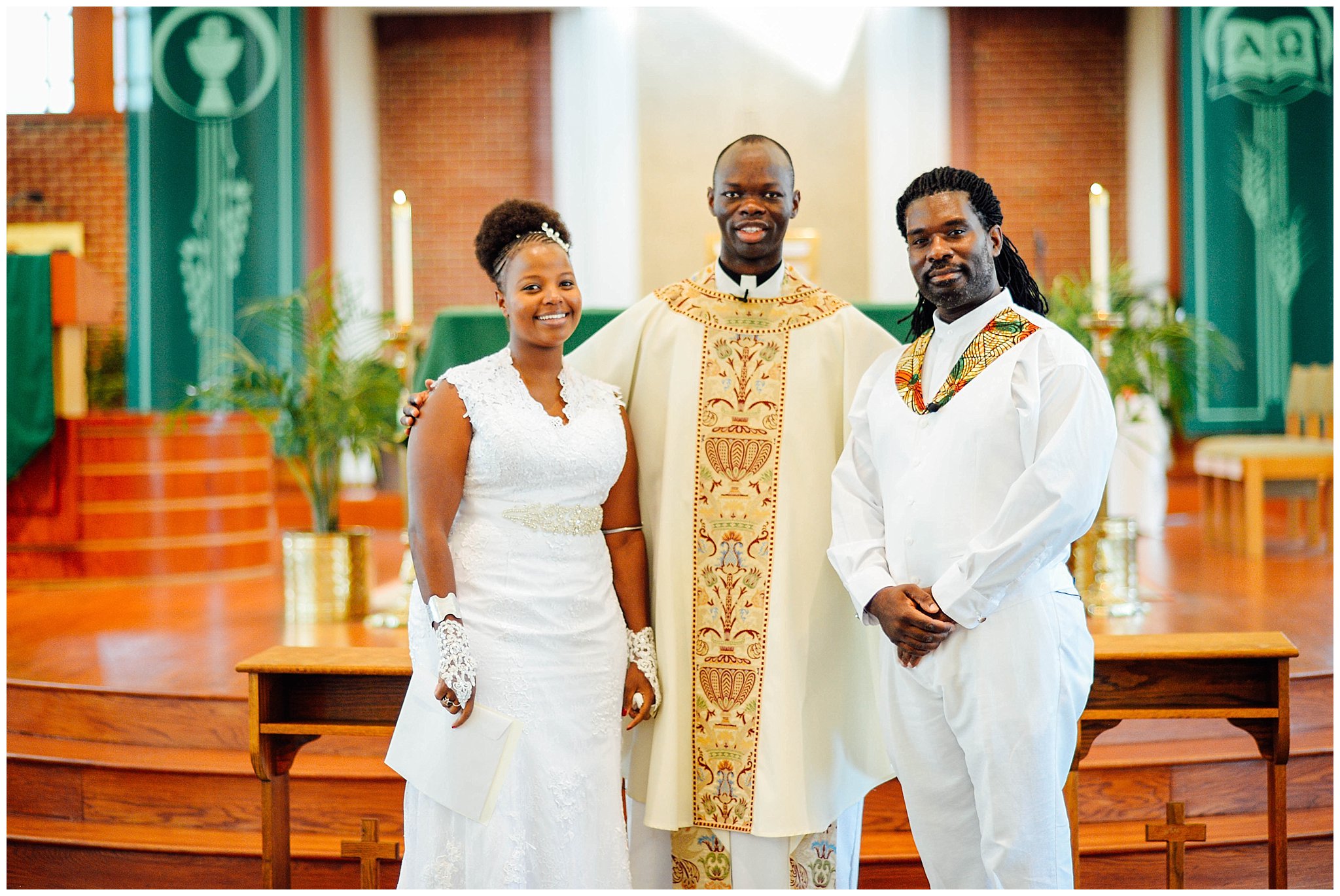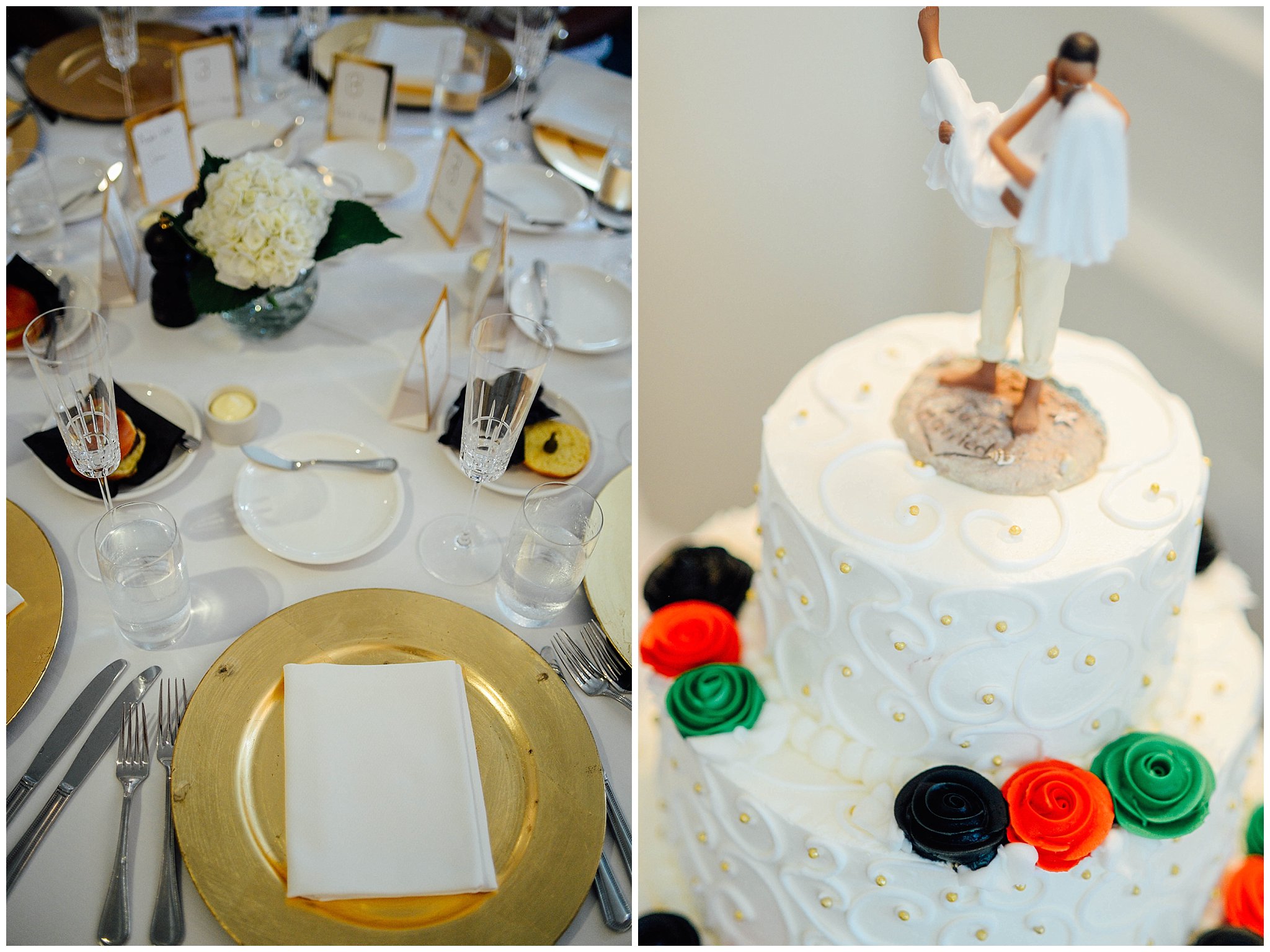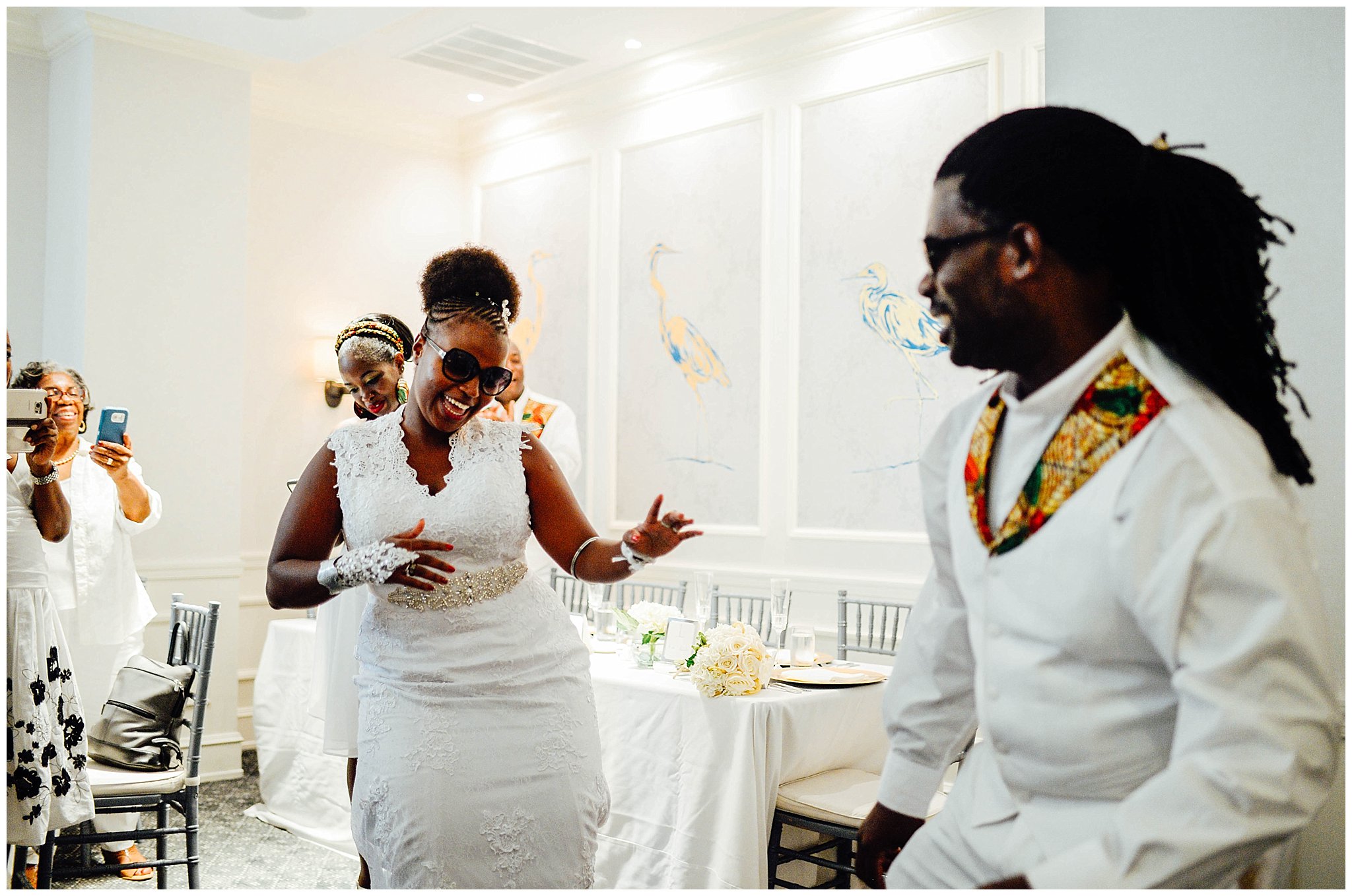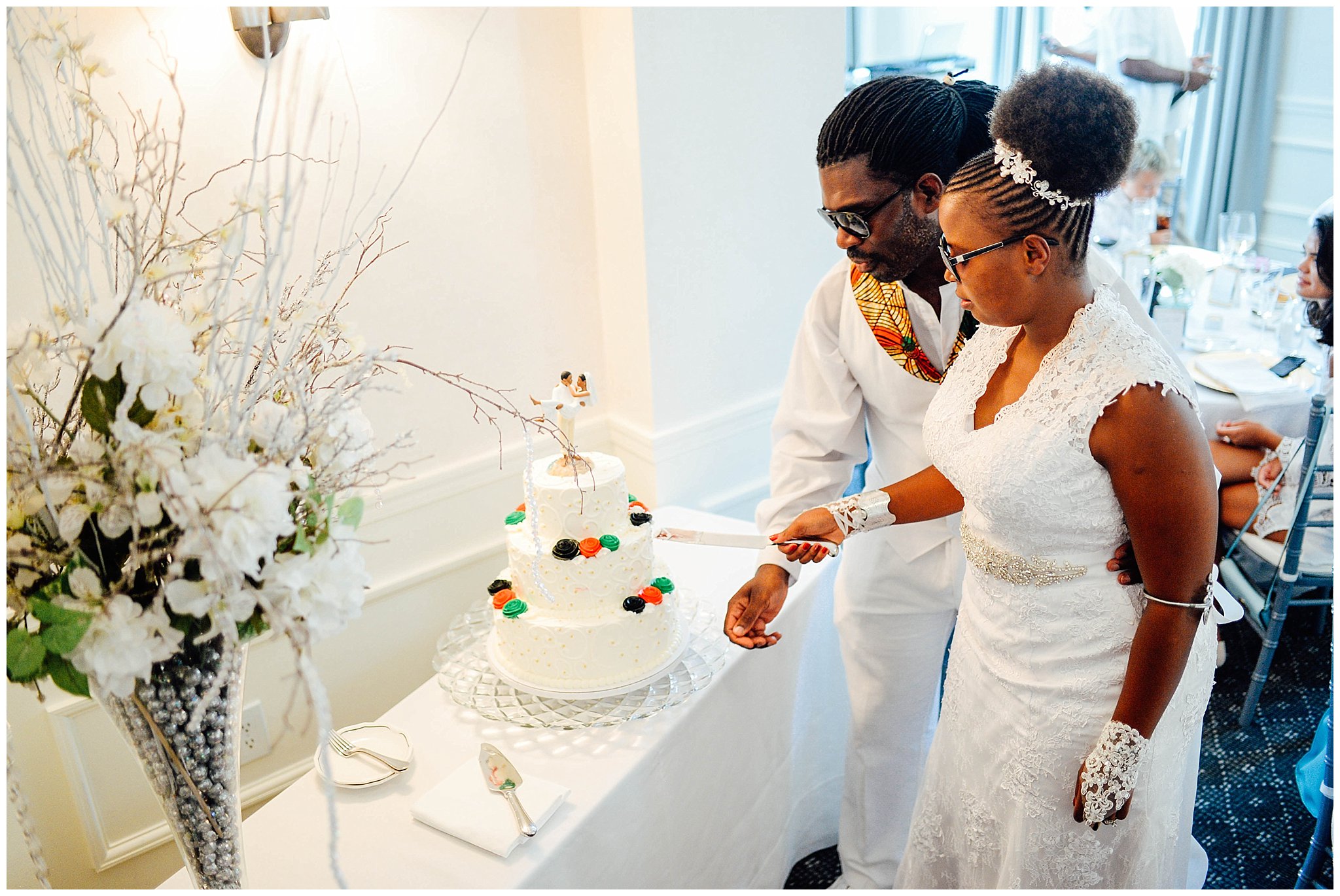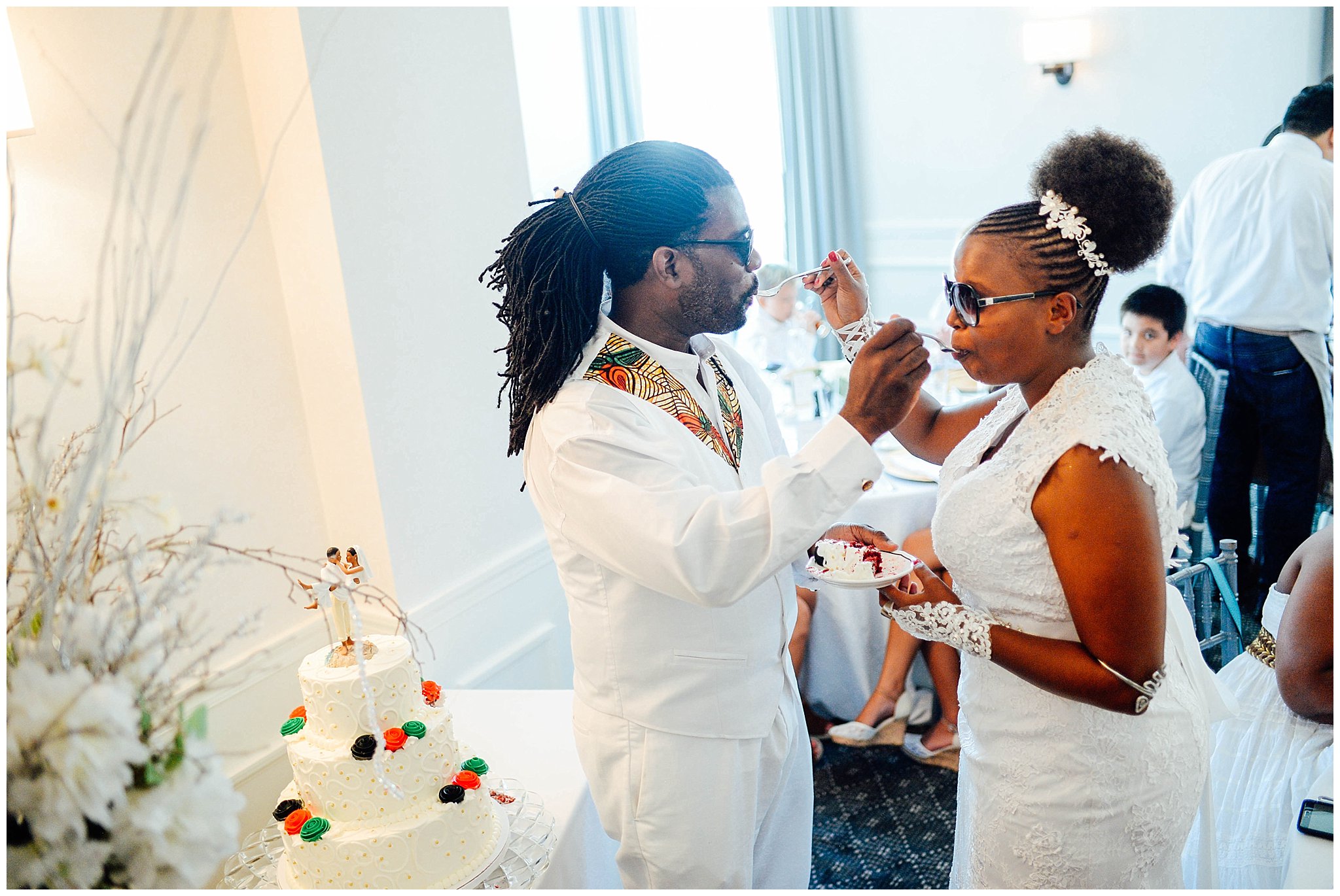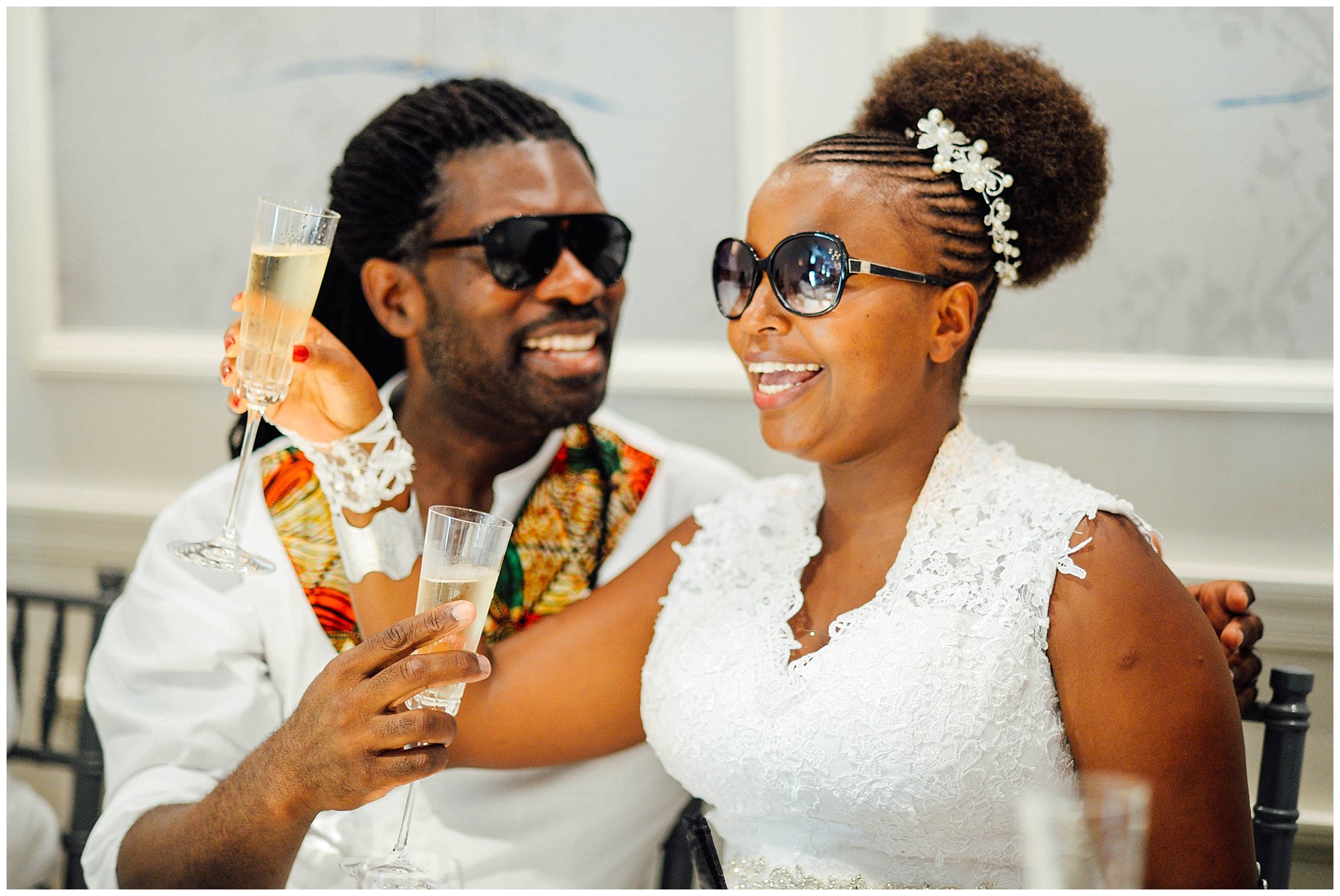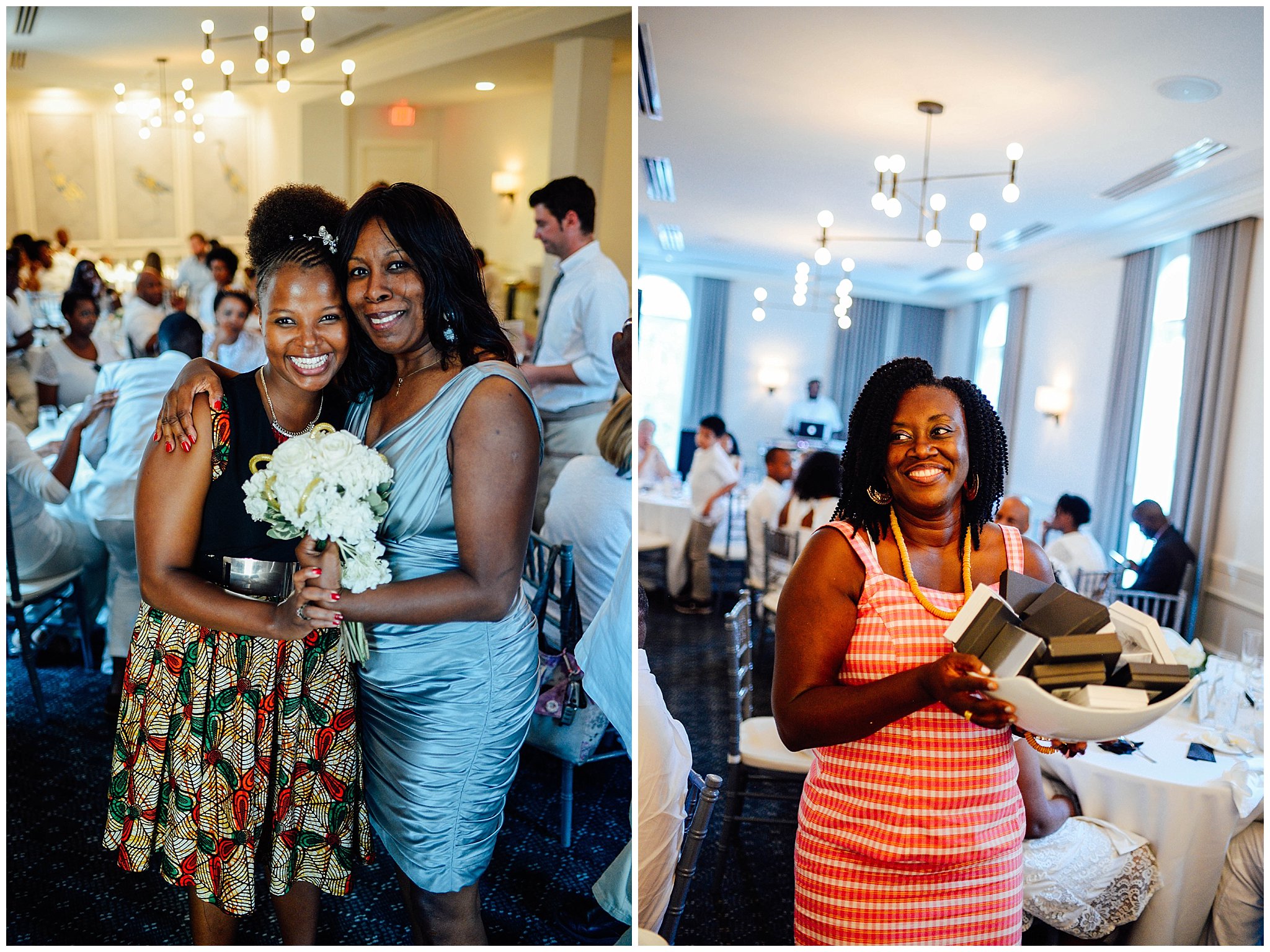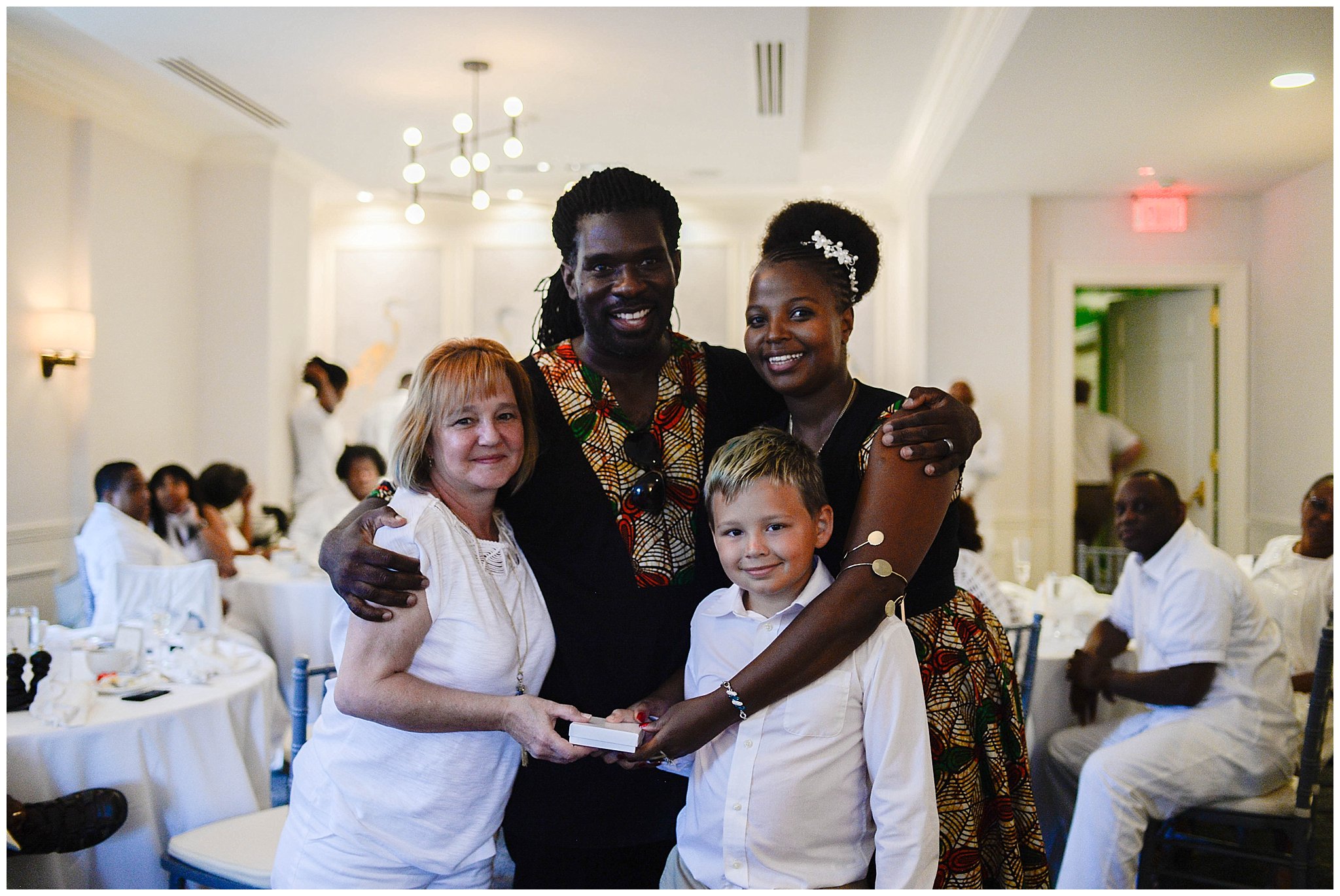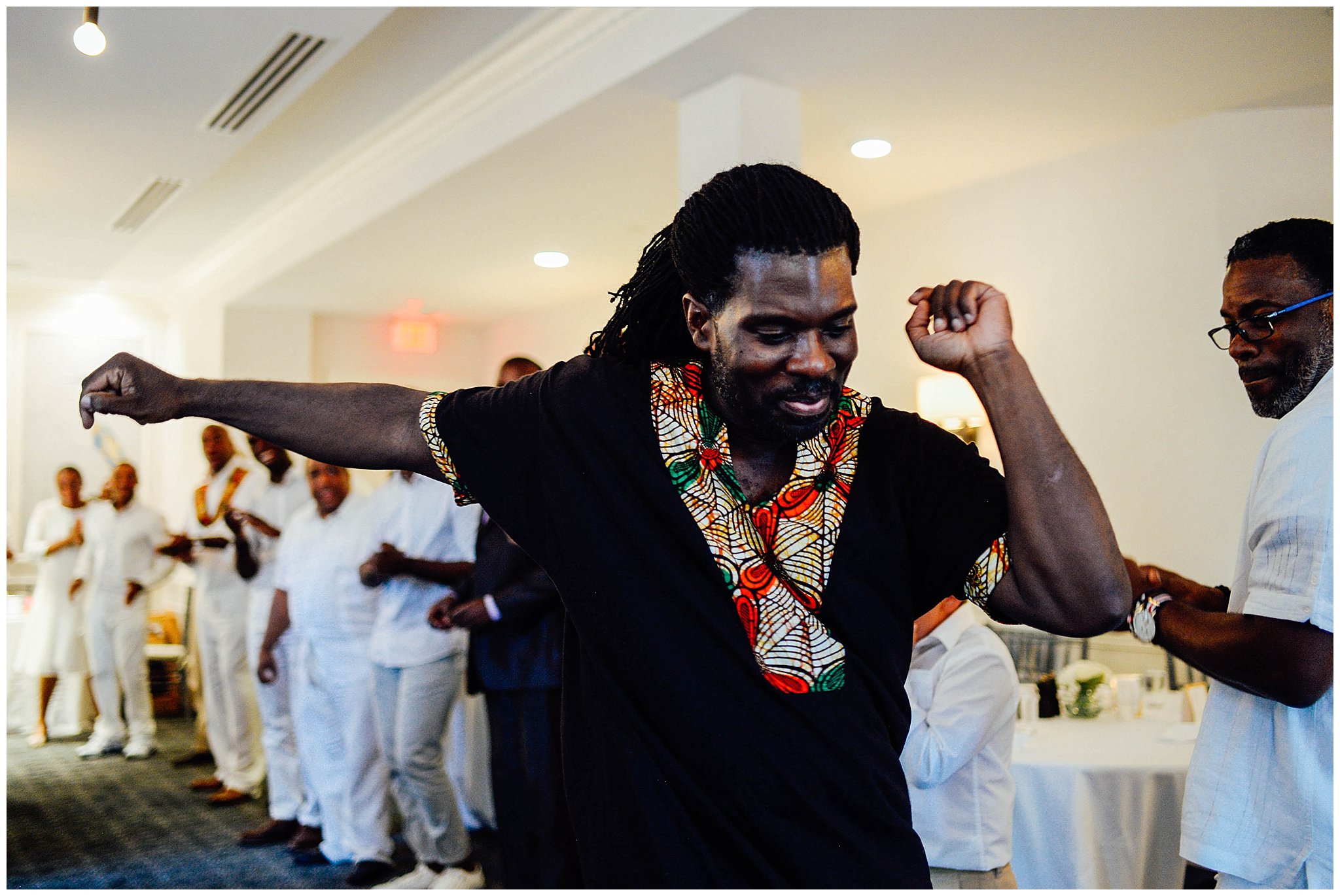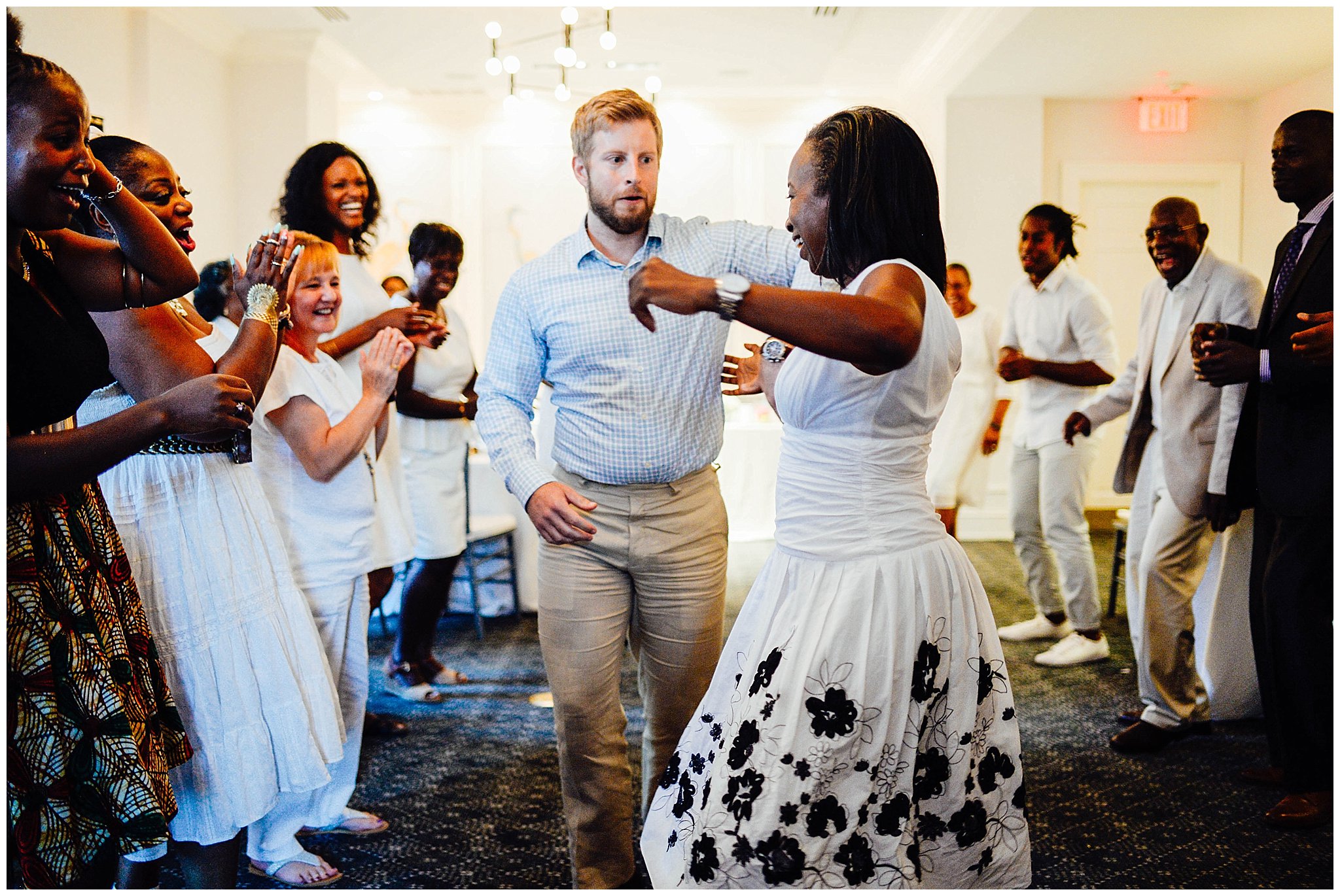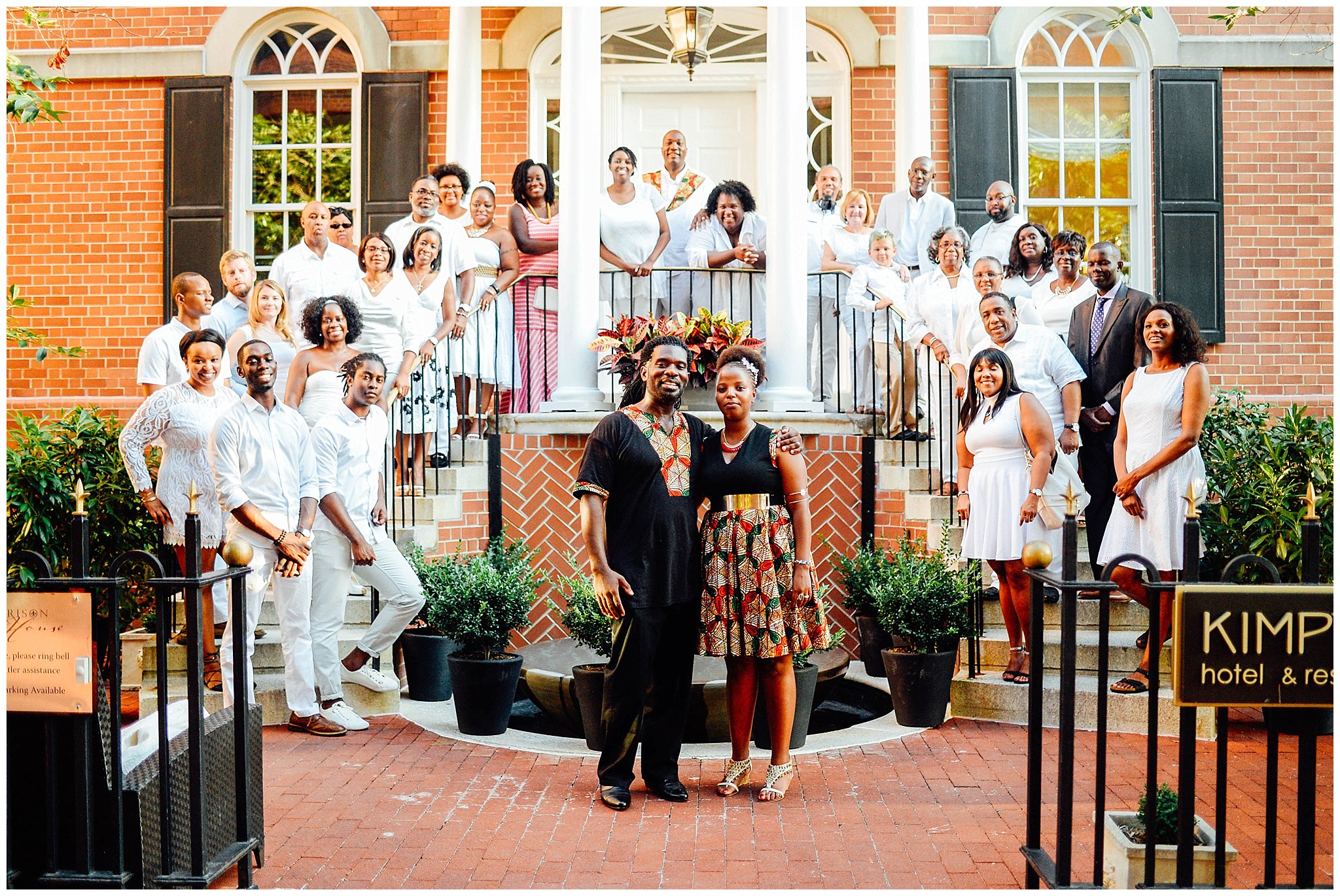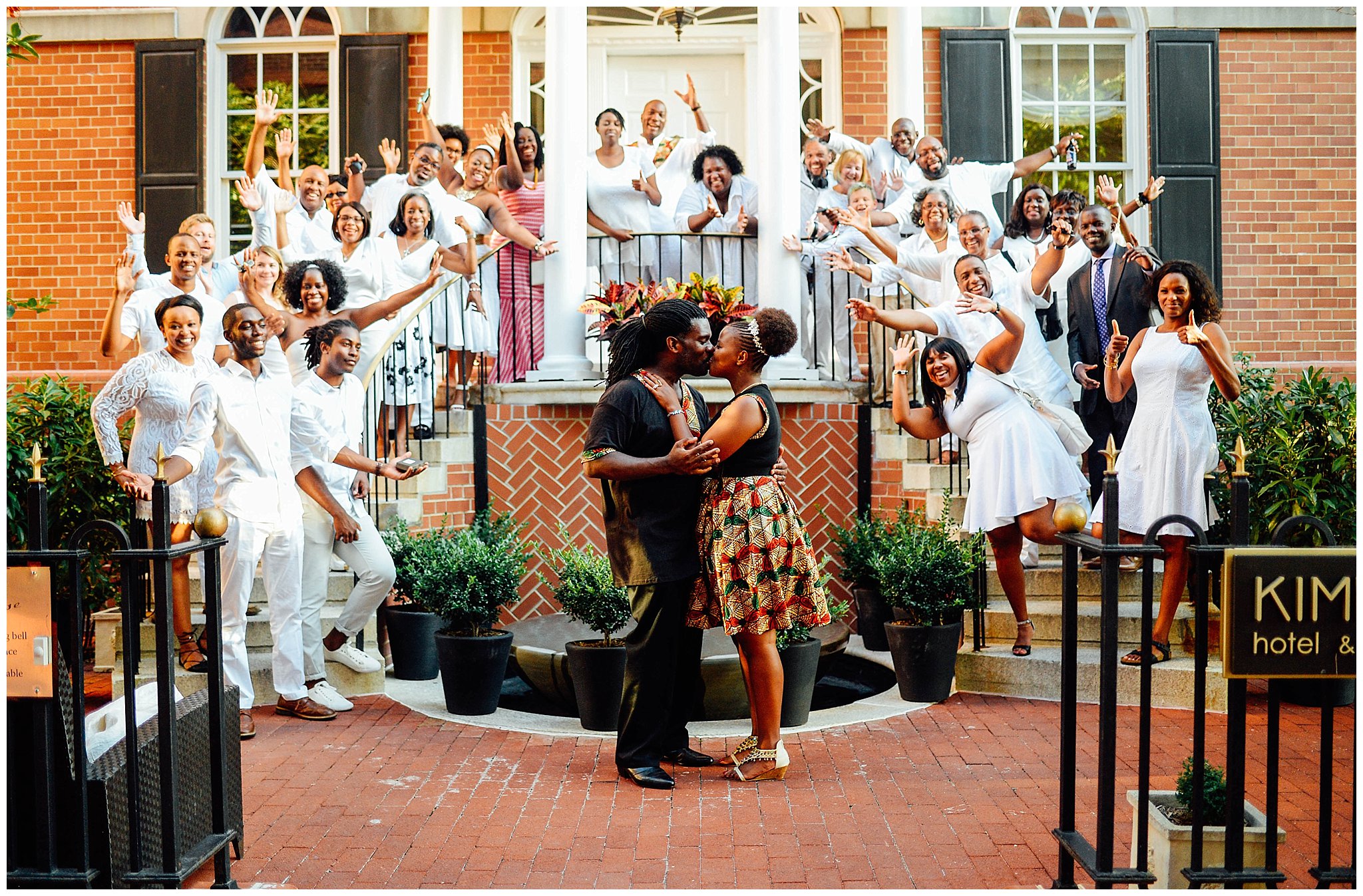Wedding Planning | Incorporate Unique Traditions from your Favorite Cities
/KATHERINE FINNEY
An audio version of this blog post was featured on our podcast.
Have you ever been to a wedding and witnessed a tradition you’ve never seen before? This is one of my favorite things to look for when I attend a wedding ceremony.
Since no two couples are exactly alike in interests, personalities, and family character, no two weddings are exactly the same. Wedding ceremonies (and receptions, if you’re able to have one) are a pinnacle expression of both a couple’s love and their style, charisms, family and cultural backgrounds, and their favorite traditions; guests get to see and know the couple in countless ways.
PHOTOGRAPHY: SOUL CREATIONS PHOTOGRAPHY
When my husband and I were planning the logistics of our wedding ceremony and reception, we thought about each detail as an expression of ourselves. For example, we prayed individually about what readings we should use for the ceremony, then came together to decide which meant the most to us and why. When I designed a cake topper for the groom’s cake, I incorporated elements from our personal lives: the groom was dressed like a doctor and the bride, a teacher.
My husband and I are annoyingly proud of the fact that we are from New Orleans. We’ve spent all of our married life living in cities other than New Orleans, yet we always talk about how much we love the city and it’s inviting culture. Friends from different parts of the country came to our wedding, and we were eager to show them the best parts of our hometown.
We knew we had to incorporate a second line, a traditional dance first used in New Orleans funerals but later incorporated into wedding celebrations. It is usually led by a brass band--the first line--with the congregation dancing and processing behind the band. Without question, the food had to be centered around cajun and creole food. We incorporated cake pulls--a tradition popular in the South but primarily in New Orleans; the charms on the end of the cake pulls represented different New Orleans symbols (like a saxophone, a Mardi Gras mask, a king cake baby) and assigned traditional cake pull meanings to each of them.
If your hometown doesn’t have unique wedding traditions like a New Orleans second line or a Pittsburgh cookie table, you could incorporate traditions from cities you love or places that are part of your love story--or come up with your own tradition that shows your guests something about who you are as individuals and as a couple. Brainstorming and planning unique traditions is an opportunity for creativity and self-expression; it can be as simple as a poetry reading or as complex as a choreographed dance performed by you and your bridal party.
Below, I share some outside-the-box ways to begin thinking about incorporating unique traditions from your favorite places as another way to share your heart with your wedding guests.
Research local wedding customs for your or your fiance’s hometown, the city where you’re getting married, where you met, where you will live together, etc.
Ask for help from your venue coordinator, wedding planner, or even your church wedding coordinator. They can give insight into some of their favorite local customs, but they may also let you attend a wedding from clients in order to witness these traditions in person.
Research famous authors and/or artists from your town, and decide if you can incorporate some of their work into your reception. There may be a really inspirational line from a play, poem, song, or other art piece that you discover, and can honor the city’s heritage through their work.
Incorporate a song of a different language into your wedding liturgy. Music can be one of the most profound expressions of charism, character and, ultimately, praise to God.
Pray before an image of Our Lady or another saint from a meaningful city or country. This can be done before or after the ceremony. Some of my favorite wedding pictures capture my husband and me praying before the patroness of New Orleans.
The key thing to remember is this: the most important detail is that the Sacrament is received. Your guests will get an illustrious depiction of who you are and how you love each other simply by witnessing this. In this experience alone, they will be able to pray for you and with you--the most meaningful wedding tradition of all.
About the Author: Katherine (Schluter) Finney is proudly from New Orleans, Louisiana, currently living in Nashville, Tennessee while her husband Jonathan finishes fellowship training. She and Jonathan have two daughters, Miriam (3) and Joan (18 months). Kat taught high school religion for four years and has worked for Catholic high schools for six years. She currently stays at home with her two daughters, and she spends most of her time styling hamster play-doh hair and cooking some kind of creole dish for dinner.












